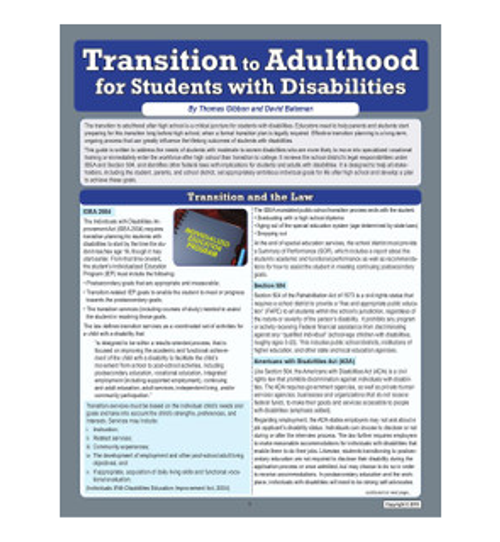Product Overview
Why do some highly capable students not excel in school while others achieve great success? Why do some individuals consistently exert effort when faced with challenges while others give up? And what can teachers do to help ensure all learners work hard and meet their full potential? The answer comes down to mindset.
This quick-reference laminated guide looks at the two mindset types identified by Carol Dweck (2006): fixed mindset and growth mindset. It reviews the characteristics of each mindset type and how a person’s mindset impacts the way that person deals with challenges, responds to criticism, relates to peers, and approaches learning tasks. It looks at the ways in which teachers’ mindsets affect their instructional practices and their behavior toward students, and outlines ways in which they can create an environment that cultivates a growth mindset, including:
- Teaching students how learning happens in the brain, and that brain structure can change through practice and effort;
- Setting expectations that assignments will be difficult, effort will be required of students, mistakes are acceptable and necessary for learning.;
- Ensuring that praise is process oriented and not person specific.
Specific classroom activities and practical strategies are presented which can be applied in classrooms from kindergarten to 12th grade.
An online resources section further enhances the usefulness of this valuable tool.







